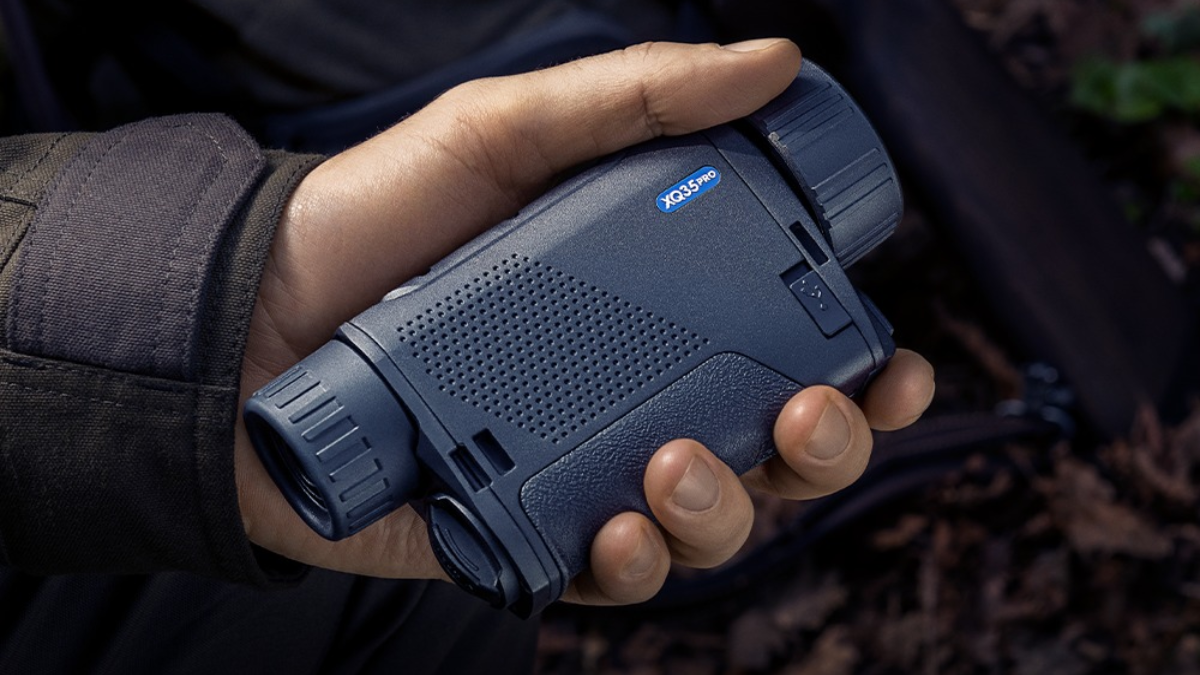

In the domain of night vision and thermal imaging, thermal monoculars have emerged as essential instruments across a spectrum of uses, including wildlife observation and security tasks. These devices adeptly convert the heat signatures emitted by objects into discernible images, illuminating even the most obscure settings. As technology has advanced, so too have thermal monoculars, transitioning from basic initial designs to sophisticated contemporary models. This progression is characterized by notable enhancements in how they function, the experience they offer to users, and their adaptability to a wide range of applications. Such advancements underscore the continuous innovation within the field, showcasing a trajectory of development that significantly enriches both the capability and utility of thermal monoculars in navigating and interpreting the thermal landscape.
Let’s explore five key differences between older and newer models of thermal monoculars, highlighting how technological progress has enhanced these indispensable tools.
Image quality and resolution
One of the most noticeable differences is in image quality and resolution. Older thermal monocular models often produced grainier images with lower resolution, making it challenging to identify details or distant objects. Newer versions, however, boast higher resolutions and advanced imaging algorithms, providing clearer, crisper images. This leap in quality enables users to discern finer details and improves identification accuracy, making the latest models far superior for both professional and recreational use.
Range and detection capabilities
The range and detection capabilities have also seen significant improvements. Early thermal monoculars had limited range, restricting their usefulness to relatively close distances. The latest models, however, can detect heat signatures from much further away, expanding their operational use significantly. Enhanced sensors and processing power allow for the detection of objects or individuals at longer distances, offering users greater situational awareness and operational flexibility.
Size, weight, and portability
Advancements in technology have allowed newer thermal monoculars to become more compact and lightweight. Older models were often bulky and cumbersome, making prolonged use or rapid mobility challenging. Modern versions are designed with portability in mind, featuring sleeker profiles and reduced weight. This improvement in ergonomics makes the latest thermal monoculars more comfortable to use for extended periods and easier to carry in the field.
Battery life and power efficiency
Battery life and power efficiency are critical factors in the usability of thermal monoculars, especially in situations where charging facilities are unavailable. Newer models have benefited from advancements in battery technology and power management features, offering longer operational times on a single charge. This enhancement ensures that users can rely on their devices for longer periods without the need for frequent recharging, making them more practical for extended field operations.
Additional features and connectivity
Lastly, the integration of additional features and connectivity options marks a significant leap forward. While older thermal monoculars were standalone devices with limited functionality, newer models incorporate features such as GPS, Wi-Fi, and Bluetooth connectivity, allowing them to interface with other devices and networks. This connectivity enables the sharing of images and data in real-time, enhancing collaborative efforts in professional settings. Furthermore, advanced software features, such as image enhancement, digital zoom, and video recording, add layers of functionality that extend beyond mere thermal imaging.
To conclude
The transition from older to newer models of thermal monoculars illustrates a remarkable journey of technological evolution. Improvements in image quality, range, portability, battery life, and additional features have not only enhanced the user experience but have also broadened the scope of applications for these devices. As thermal imaging technology continues to advance, the gap between older and newer models will likely widen further, offering even greater capabilities and efficiencies. For enthusiasts and professionals alike, staying abreast of these advancements ensures access to the best tools for navigating and understanding the thermal world.
